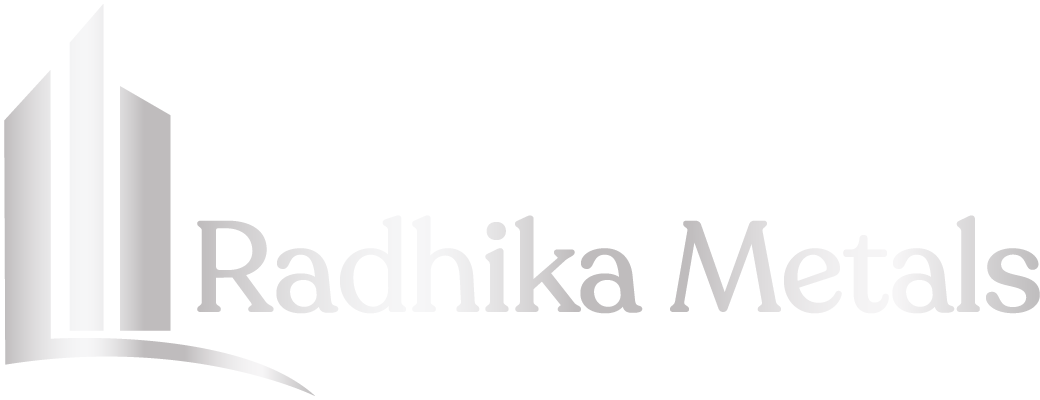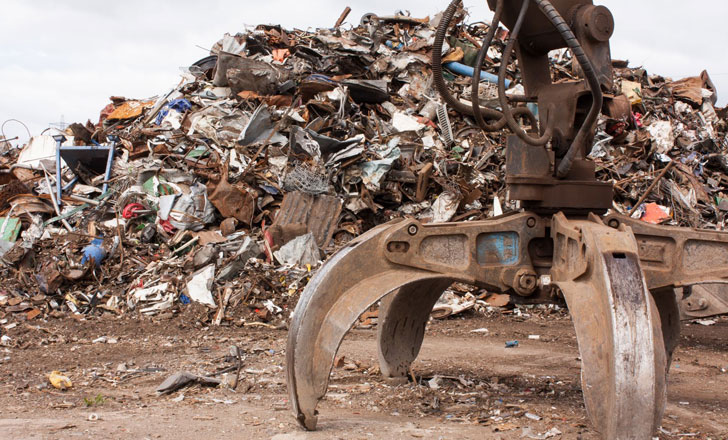Vehicle disposal is another aspect of metal recycling sustainable waste control and atmosphere preservation. The industry of automotive resumes to increase, and so does the importance of end-of-life automobiles that resemble their functional limitation or evolve outdated due to technical advances. Proper removal of these motorcars and recycling them are fundamental to underestimating the surrounding influence and efficiently operating invaluable resources.
Ferrous metals recreate an important part in the dumping and recycling of end-of-life automobiles. When a vehicle comes to the end of its valuable life and is no extended correctable, it evolves into an ELV. The appropriate removal and recycling of ELVs are introductory to underestimate environmental consequences and heighten tolerable waste management.
Non-ferrous metals have an important role in automobile dumping and recycling methods. When vehicles go to the end of their vitality cycle or evolve non-operational, they are disassembled and reclaimed to recuperate priceless materials, containing non-ferrous metals.
The purpose of the Vehicle Disposable are:
It allows to decrease the responsibility on dumps and controls dangerous textiles that are degrading water and soil. Automobiles include assorted toxic implications, like mercury, lead, and cadmium, which can cause leakage and they are not good for the environment. Metal recycling establishments are provided to manage them securely, controlling corrosion and possible damage to ecosystems.
The method of automobile disposal generally concerns various phases. When the vehicle is left abundant and can’t be used, it is transferred to an authorized treatment facility (ATF). Then it is depolluted, which indicates that all dangerous materials are terminated and addressed individually for suitable medicine or removal.
After de-pollution, the automobile is sliced into shorter segments using effective machinery. These sliced materials experience different divergence functions, containing separation of magnet and air sorting, to diverse kinds of metals like aluminum, steel, and copper. After that, they are transferred to metal refineries or smelters for additional processing and adaptation into new creations.
End-of-life automobiles seriously lower greenhouse gas emissions and power consumption reached to direct metal presentation. The manufacturer can decrease the pure resources, and preserving all the natural resources, and reduce the impact on the environment.
Ruling and ordinances play an important part in encouraging trustworthy vehicle disposal.
Multiple countries have selected laws ordering the appropriate handling the automobiles. These restrictions guarantee that automotive factories and recycling installations attach to sound techniques, diminishing the adverse developments of vehicle dumping on the surroundings and general fitness.



